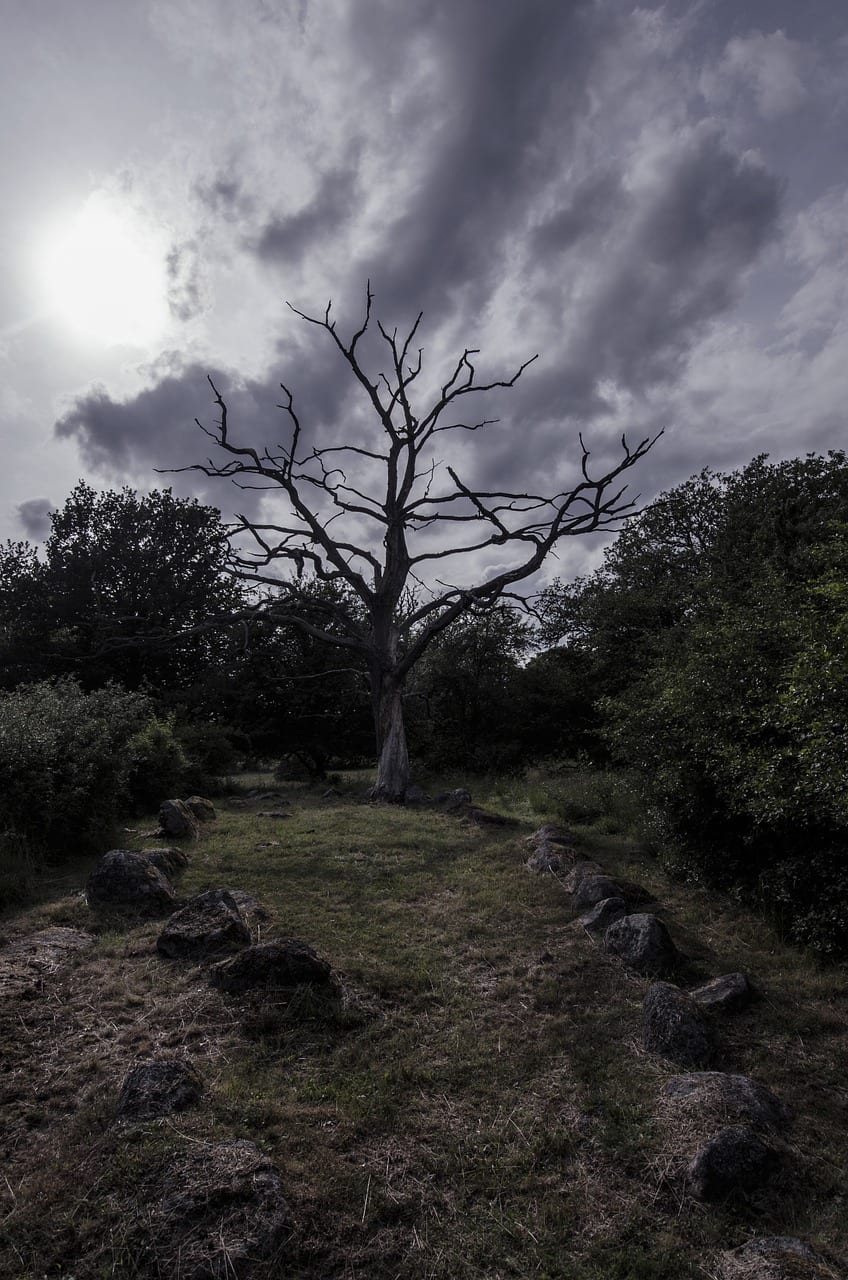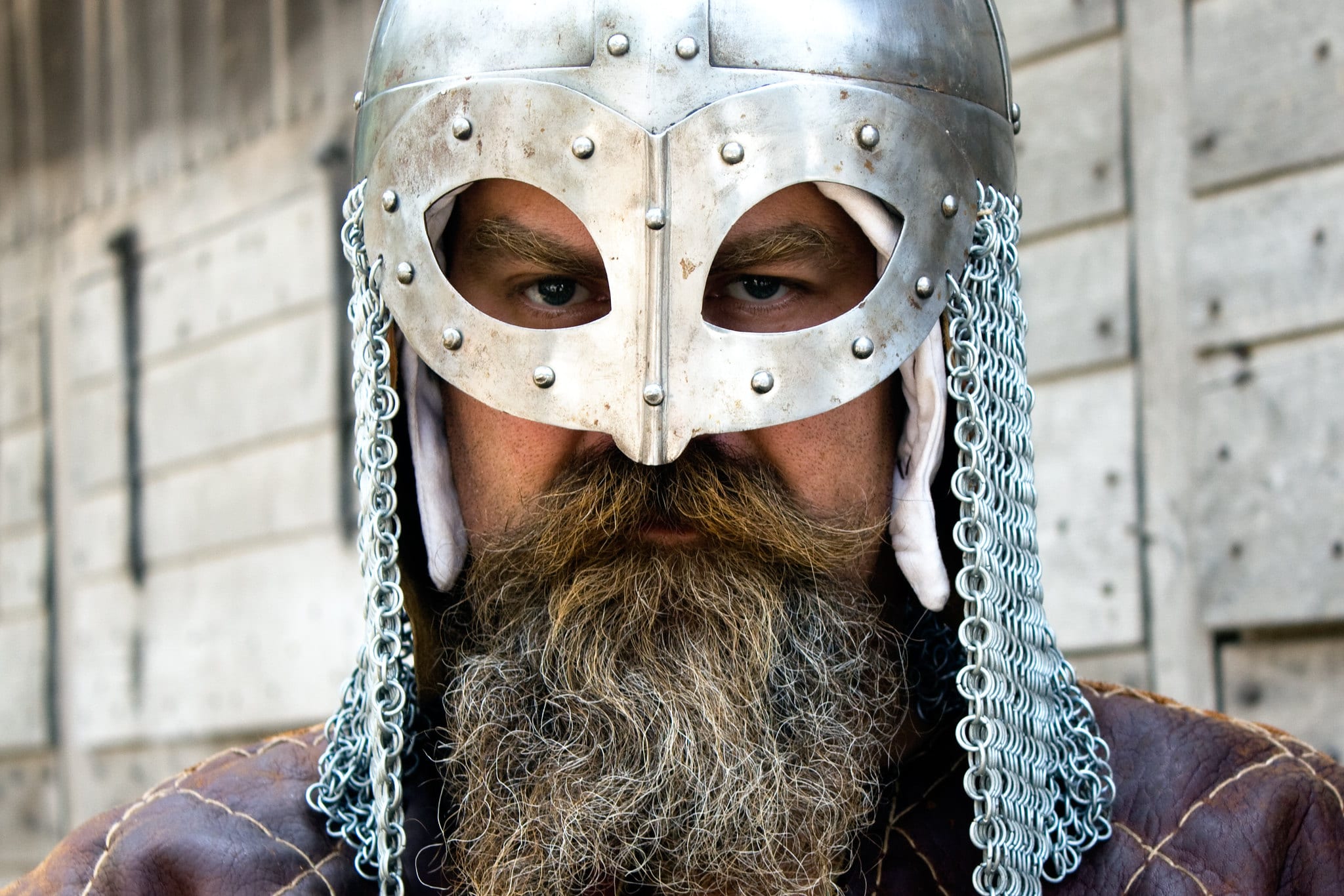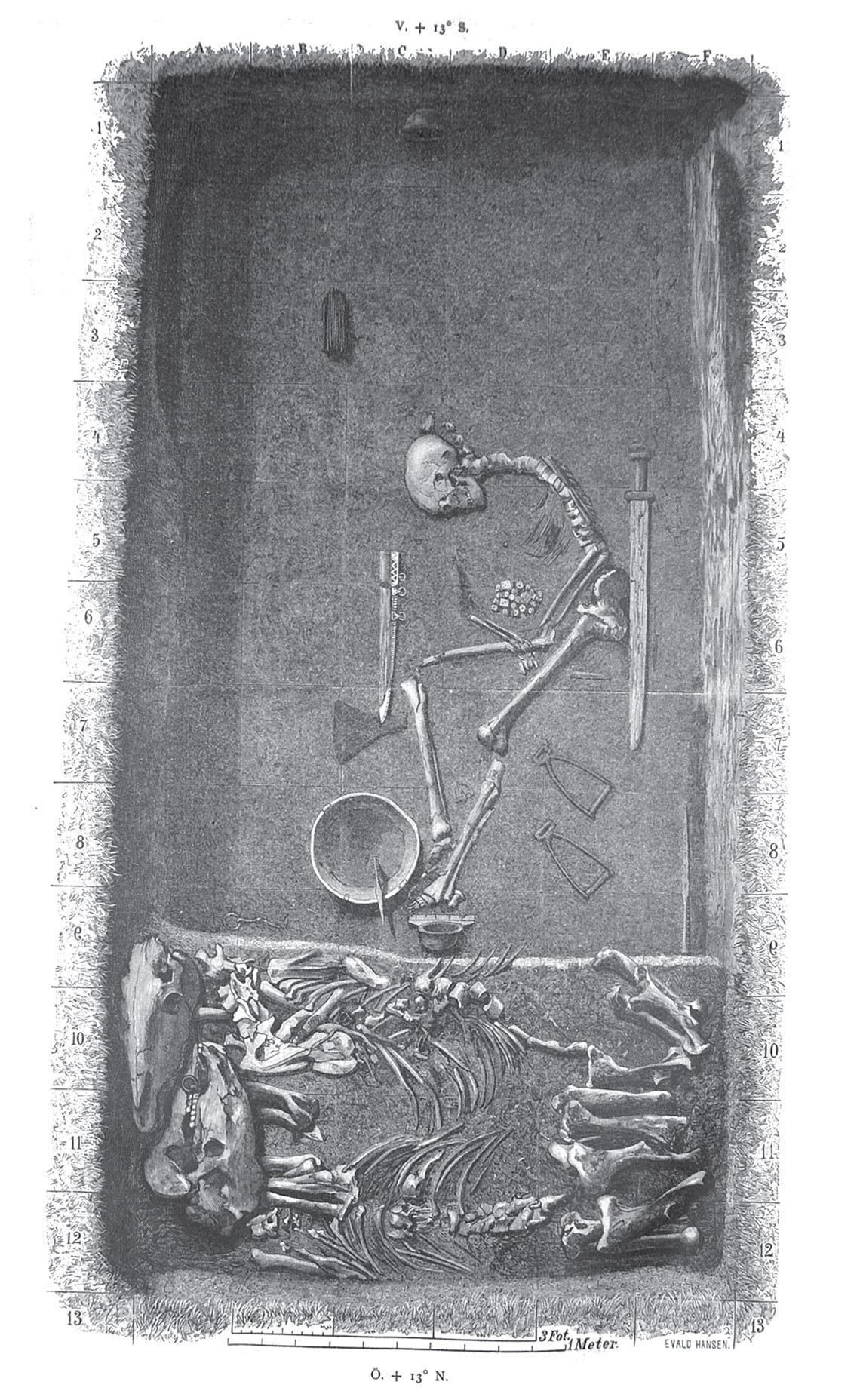Vikings were known for trading and waging battles on the seas and across Europe in the medieval time period. They were fearsome warriors, and they likely even sailed to the North American continent hundreds of years before any other Europeans.
Now, a new examination of a well-documented gravesite has researchers rethinking the role gender played in Viking warfare.

Photo Credit: Needpix
In southeastern Sweden, one celebrated Viking warrior was laid to rest, along with swords, arrowheads and two horses. Archaeologists were sure this was a soldier buried with the highest of honors.
They also thought the warrior was a man.
So they were startled when DNA testing showed the grave belonged to a woman.
Photo Credit: Max Pixel
Prior to the published DNA results, the grave was always thought to have belonged to a man, known as “Birka warrior,” and it was held up as a typical Viking hero’s final resting place.
Yet, Viking lore mentions female warriors. There was Inghen Ruaidh, or “Red Girl,” who led a warship and fleet to Ireland. Or the Saga of the Volsungs from the 13th century. In that saga, and a few others like it, shield-maidens fought alongside the men.
But despite these tales, researchers focused on the male-centric stories as accurate and worth studying (biased much?). The grave was uncovered in the late 1880s, so the analysis done was in keeping with the time’s widely-held beliefs about the roles of women…and the shield-maidens were written off as fantasy characters.
This original analysis, that the opulence of the burial indicated the grave belonged to a heroic man, persevered all this time with very little reason to think otherwise.
So, when the DNA results conflicted with long-held beliefs about Viking culture, the archaeology community was…confused.

Photo Credit: Flickr
In fact, it was female Stockholm University bioarchaeologist Anna Kjellström who first realized the shape and size of the pelvic bone and the mandible pointed to a female corpse.
When she presented her findings to a conference in 2014, then published them in 2016, some archaeologists shrugged. The bones must have been mislabeled or mixed up with man bones.
So, another woman led a team to test the bones. Uppsala University archaeologist Charlotte Hedenstierna-Jonson did two types of tests, one to see how many people were in the grave and another test to determine gender.

Photo Credit: Wikimedia
The results showed only one person was buried there and that she was a woman. Not only that, gaming pieces found on her lap showed she was likely a leader involved in war tactics.
With definite results that researchers can build on, they are taking a fresh look at the Viking society around the gravesite. Birka, as the settlement is called, was a thriving, international hub for trading. The area tied the Vikings to the world around them.
It seems very unlikely ‘Birka warrior’ would’ve been given a fighter’s burial if she wasn’t a fighter, which means it’s time to re-evaluate the rest of our long-held beliefs about gender in Viking society.






